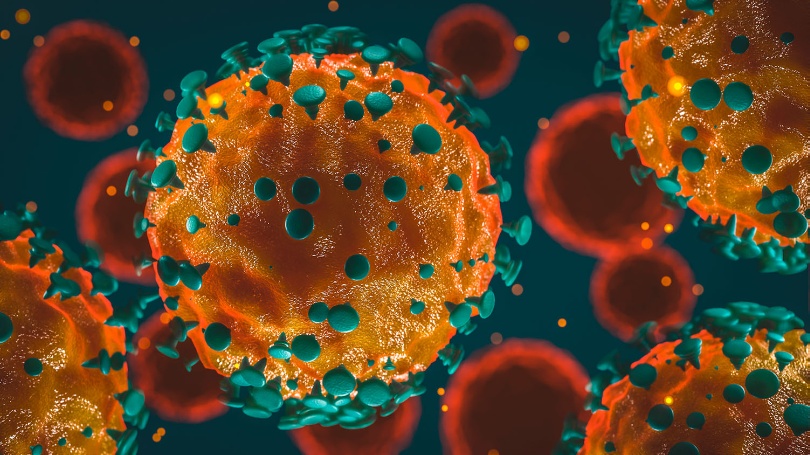The study traced the evolution of American humanity’s response to COVID-19 danger through time, demonstrating that danger perception covered a far broader spectrum than an actual rational hazard.
6 Ways: Early Pandemic COVID-19 Risk Was Expressed On Social Media
The research team has checked many such posts across different platforms on social media and found some interesting facts. While a lesser percentage of facemask tweeting mentioned COVID-19 distribution channels and mask efficacy, the majority of mask posts addressed other people’s mask behavior. This result supports the idea that shared interactions have a role in creating COVID-19 danger, which may be used to promote behavior.

Considering Twitter’s popularity as a major media resource for the American people, UCI scientists looked into how COVID-19 risk assessments were conveyed in posts regarding masks throughout the initial five months of the epidemic.
According to the study, people attached several connotations to mask wear at various levels, ranging from interpersonal elements to governmental norms and regulations. According to these results, public health communication that focuses solely on growing intensity and risk would fail to elicit the expected reaction.
Considering the conflicting communication happening on an interpersonal basis, a global health communication method that promotes societal or collective identification, or a strategy that changes mask message away from personal accountability to highlight company’s policies, may have a higher chance of acceptability.
Thanks to Twitter, the study group was able to see how people dealt with danger throughout the epidemic. COVID-19 danger assessments were amplified and attenuated when users chronicled their encounters with links, tags, frequent references of elected figures, films, and photographs and shared them with social connections in real-time.
From January through July 2020, the investigators studied the contents of almost 7,000 posts on mask-wearing through approximately 6,300 distinct users, a period when knowledge of the epidemic threat still was growing, and only non – pharmaceutical therapies like mask-wearing were accessible to minimize danger.
They observed six methods in which COVID-19 danger assessment is conveyed by the audience throughout the five-month timeframe, in addition to a general rise in tweeting concerning mask-wearing:
- Severity: Claims of increasing admissions, ICU capacities, fatalities, geographical hotspot, and mask stockpiling are shared in mask tweeting that enhanced COVID-19 hazard sensitivity estimates. COVID-19 instances were equated to the illness or vehicle crashes in tweets that minimized the seriousness.
- Whose at risk: Posts frequently featured firsthand accounts of becoming ill as well as experiences from family members and neighbors who had been infected with the disease. Based on if the personal story conveyed unfavorable or asymptomatic COVID-19 results, explanations of life observations enhanced or minimized risk perceptions.
- Mask efficacy: People argued the mask’s effectiveness by giving personal experiences and circumstantial “proof” regarding how the disease spreads.
- Political legitimization of COVID-19 risk: People replied to comments and regulations released by political leaders and public health agencies such as the Centers for Disease Control & Preventive as well as the World Health Organization through tweets.
- People voiced perplexity and anger with contradictory global health communication, mentioning conflicting recommendations and comments by political leaders as examples.
- Other people’s mask activity: Individuals recounted mask-wearing behavior in the framework of everyday life, which accounted for the majority of mask posts, e.g., wearing masks while commuting to work, traveling, and participating in social activities.
The results of the research also revealed how danger estimates changed over time. Earlier parts of the epidemic, for instance, were driven by debates regarding who is in danger and how to assess risk seriousness. In contrast, subsequent stages were driven by other people’s conduct, following different rules and the politicization of mask usage.